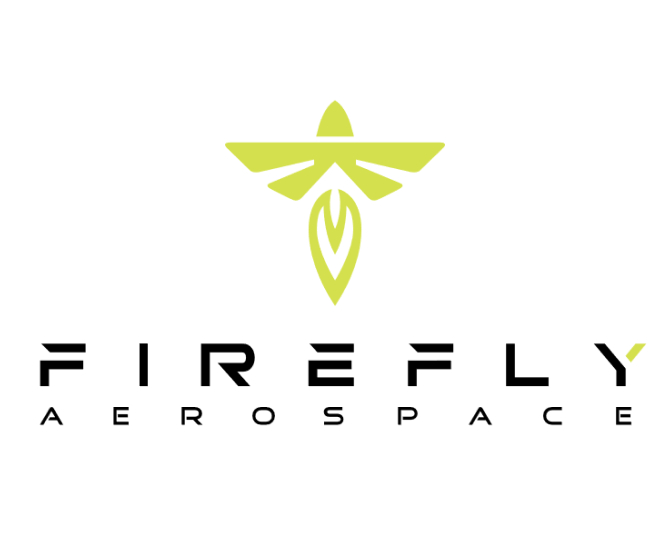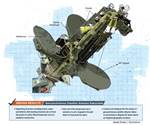Firefly, Spaceflight Inc. sign launch services agreement
The agreement promotes a long-term strategic collaboration between Firefly Aerospace and Spaceflight Inc. to address increasing demand in the commercial small-satellite market.

Source | Firefly Aerospace
Firefly Aerospace Inc. (Cedar Park, Texas, U.S.) and Spaceflight Inc. (Herndon, Va., U.S.) on April 22 announced a Launch Services Agreement (LSA) between the two companies. The agreement confirms that Spaceflight will secure the majority of the payload mass aboard a Firefly Alpha launch, scheduled for lift-off from Vandenberg Air Force Base in 2021.
In addition to being the anchor customer, Spaceflight will also sign, manage, integrate and deploy multiple payloads on the flight, enabling Firefly to maximize its full 630-kilogram launch capacity on the commercial Alpha mission to Sun Synchronous Orbit (SSO). Additionally, the agreement says Spaceflight will help maximize payload capacity aboard future Firefly Alpha launches. Launching a record-setting 271 satellites via 29 rideshare missions, and successful execution of nine missions in 2019, Spaceflight has established itself as the leading launch services and mission management provider.

Source | Business Wire
“Alpha launches in 2021 will play a key role in establishing our manifest and production capability, and having Spaceflight’s payload integration expertise is an important part of our overall launch strategy,” says Dr. Tom Markusic, Firefly CEO. “Our Alpha launch vehicle will quickly fill a major market gap with the capability to deliver one metric ton to Low Earth Orbit (LEO) and 630 kilograms to the highly desirable 500-kilogram SSO, about four times the current payload capability of other small satellite launch vehicles.”
Leading up to the maiden flight of the Alpha launch vehicle later this year, final acceptance of the first and second stage will take place over the next several months at Firefly’s test facilities in Briggs, Texas, U.S., with hardware deployments to Vandenberg planned for early summer. Firefly is also integrating new composite technologies into its overall manufacturing capabilities, with the goal of significantly boosting production of its launch vehicles to align with demand growth over the next few years. (Learn more about use of composite technologies in Firefly launches here.)
Related Content
-
Carbon fiber satellite arm reduces weight, simplifies assembly onto naval vessels
Satcom developer EM Solutions partnered with ACS Australia to replace an aluminum arm design with a 65% lighter, one-piece, corrosion-resistant carbon fiber/epoxy alternative.
-
Optimizing a CFRP landing leg demonstrator
MT Aerospace achieves design for manufacturing, integrating multiple elements into one-piece structure using AFP and 3D printed tooling to meet time and budget constraints.
-
Ultrasonic welding for in-space manufacturing of CFRTP
Agile Ultrasonics and NASA trial robotic-compatible carbon fiber-reinforced thermoplastic ultrasonic welding technology for space structures.


